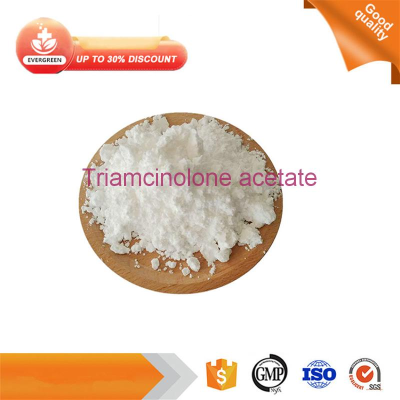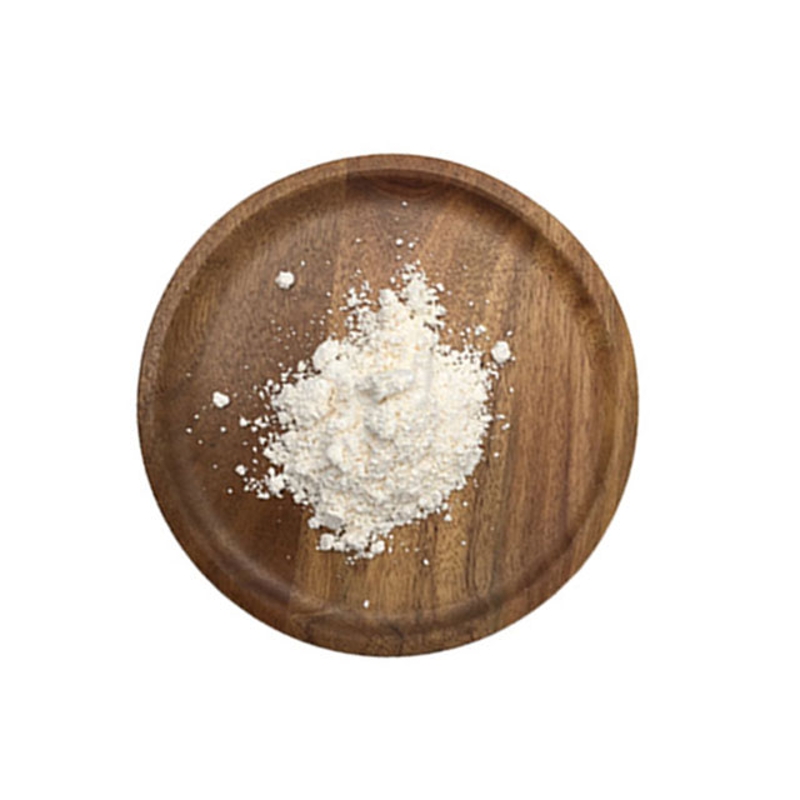-
Categories
-
Pharmaceutical Intermediates
-
Active Pharmaceutical Ingredients
-
Food Additives
- Industrial Coatings
- Agrochemicals
- Dyes and Pigments
- Surfactant
- Flavors and Fragrances
- Chemical Reagents
- Catalyst and Auxiliary
- Natural Products
- Inorganic Chemistry
-
Organic Chemistry
-
Biochemical Engineering
- Analytical Chemistry
- Cosmetic Ingredient
-
Pharmaceutical Intermediates
Promotion
ECHEMI Mall
Wholesale
Weekly Price
Exhibition
News
-
Trade Service
Background and purpose: Osteoporosis is characterized by low bone mass and reduced bone strength, which is more prone to fragility fractures.
This is related to the huge economic and social burden.
The international consensus is that the overall goal of osteoporosis treatment is to treat fractures.
The risk is minimized
.
Bone mineral density (BMD) is an established indicator for diagnosing patients with osteoporosis
Osteoporosis is characterized by low bone mass, reduced bone strength, and more fragility fractures.
Results: A total of 15395 patients were analyzed: 11,973 bisphosphonate-naïve-treated patients and 3422 bisphosphonate-treated patients
.
Within 24 months after bone density measurement, 6.
In patients treated with bisphosphonate-naïve, this relationship appeared to be stable at around T=-1.
Figure 1 Research design
Figure 1 Research designTable 24-month cumulative fracture incidence and its correlation with hip BMDT score
Table 24-month cumulative fracture incidence and its correlation with hip BMDT scoreFigure 2 In (A) cohort 1 (bisphosphonate-naïve patients) and (B) cohort 2 (patients receiving bisphosphonates), the total hip score at 24 months and any clinical fracture risk (%) Relationship between
.
The patient had not received bisphosphonate therapy for at least 12 months before observation
Figure 2 In (A) cohort 1 (bisphosphonate-naïve patients) and (B) cohort 2 (patients receiving bisphosphonates), the total hip score at 24 months and any clinical fracture risk (%) Relationship between
The bone density of the total hip joint can be used as a monitoring result of the clinical management of patients with osteoporosis
Banefelt J, Timoshanko J, Söreskog E, et al.
Total Hip Bone Mineral Density as an Indicator of Fracture Risk in Bisphosphonate-Treated Patients in a Real-World Setting in this message







